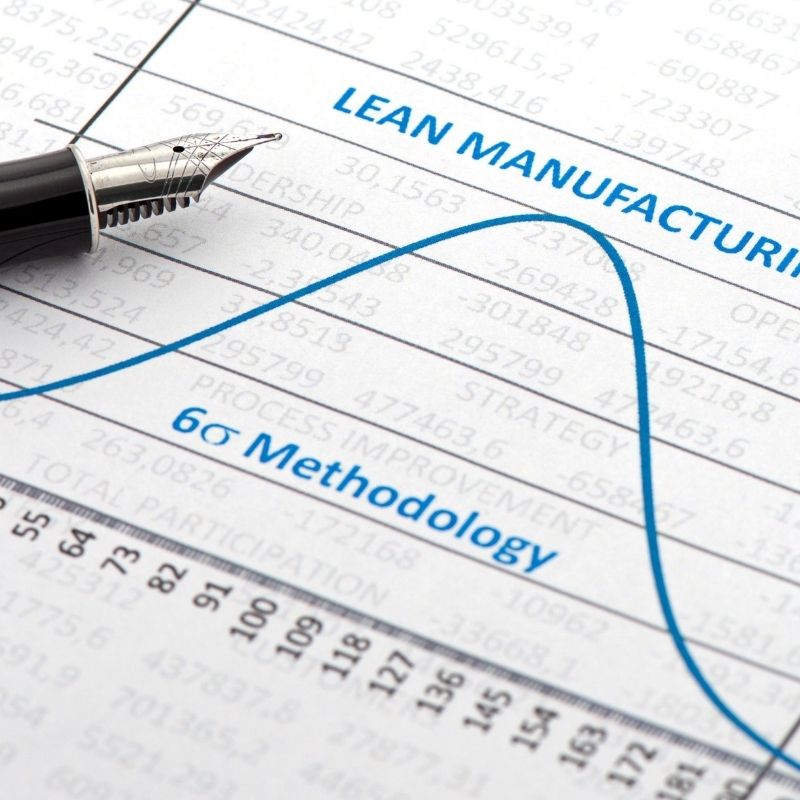
This article was previously published on March 16, 2021, but has been updated on January 20, 2023.
Lean kitting processes provide many important benefits to manufacturers that improve efficiency and productivity, all leading to increased profitability. Kitting is a strategy that involves taking components from multiple SKUs and combining them into one kit with one SKU. Kitting in manufacturing allows for the delivery of a particular kit of parts or components that are needed for production at the precise time and place they are required.
Lean Kitting Supports Lean Manufacturing
A lean kitting process can help speed up the overall manufacturing or assembly process and reduce labor costs. The concept of kitting can be used in nearly any company. Kitting combines various products and components, so users always have the right inventory at the right time.
Lean manufacturing aims to remove bottlenecks and waste from work processes to improve efficiency. Waste is any action or process that does not add value to the customer. There are eight wastes of lean manufacturing:
- Transport – moving materials from one place to another does not add any value to the customer. Minimizing transportation by locating items or production plants close together minimizes transportation costs and waste.
- Inventory – excess inventory is wasteful in that it requires transportation expenses and storage expenses which require utilities, and could even become obsolete if produced too far in advance. Producing excess inventory is inefficient, ties up cash, and reduces cash flow.
- Motion – any wasted motions take away from efficient, lean processes and can include factory workers who must walk to other areas to get necessary products, bend over, reach, or perform motions that could otherwise be consolidated into a more streamlined operation.
- Waiting – any form of waiting is wasteful and lean manufacturing which may include employees waiting for open machinery or waiting on other employees to perform their tasks before they can continue with theirs. Identifying all forms of waiting in your production process and finding solutions to eliminate wait time eliminates this waste and promotes more productive work time.
- Over-processing – overprocessing is wasteful when overengineering or working on products does not add value to the customer and does not need to be done. Any process performed that is not required as a form of waste.
- Defects – if products are produced out of spec or with defects, this is one of the biggest wastes for companies as the defective product must either be trashed or reworked. In either case, it is extremely wasteful to produce defective products and can harm a company’s reputation if defects reach the customer.
- Skills – managers need to know their employees and assess skill levels to ensure that all employees’ talents are being utilized in the most productive way possible. A continual training program helps employees maintain their skills and learn new ones and cross-training further promotes efficient, productive work.
Identify Components to Be Kitted
The first step to reducing waste is to recognize that it exists and to have an effective method for identifying waste. It is important to think about the final product and customer and work backward to the very beginning of the manufacturing process. Production managers can follow a few simple steps to help them identify the products to be kitted that will most contribute to a lean manufacturing process.
Consider these steps in kitting that eliminate SKUs and streamline the process.
- Walk through the shop floor – Analyze how parts are organized. Lean methods require an in-person observation of where work is performed and the value that adds to the overall project. Taking note of all of the areas that could result in potential waste is a great way to visualize the process. Is there a way to conserve energy and costs by consolidating inventory?
- Identify inefficiency – Check for bottlenecks in the process and take note of any components that are hard to track. Material that is not combined can be difficult to keep track of and store. Consider combining products to eliminate any added waste.
- Work together – In order for lean kitting processes to be successful, the entire team needs to work to identify waste and improve processes. Once areas are identified for inefficiencies, collaborate to find solutions that one might not have identified on their own. Discuss solutions with people that are a part of every step of the process.
Once manufacturers have identified all of the areas of waste and potential solutions, working with an experienced kitting and assembly provider can deliver the most benefit and cost savings.
Peoria Production Solutions Offers Lean Kitting for Lean Manufacturing
Peoria Production Solutions offers more than 80 years of experience in kitting and assembly of various products and components for some of the largest companies in the world. We practice a strict quality policy as part of our ISO9001:2015 certification and provide full lot code traceability of all parts and components with our Enterprise Resource Planning (ERP) system. We practice Value Stream Mapping (VSM) to identify any bottlenecks in the process and cross-train employees for collaborative and efficient workflow.
Peoria Production Solutions is a leading kitting and assembly house for Fortune 100 companies and businesses of all sizes. Since we are a not-for-profit organization focused on creating jobs rather than profits, we provide the unique ability to deliver the most cost-effective solutions to manufacturers and distributors. Contact us to learn more about our high quality and cost-efficiencies with lean kitting processes.

